If you asked people what makes Highbanks so special, they might tell you about the shale bluffs, deep ravines, and forests. If you asked the wildlife the same question, you might get growls, snorts, and snarls, but you would know they value many of the same features humans do. When Metro Parks purchased the land that is now Highbanks between 1948 and 1972, Delaware county was largely undeveloped and US 23 was still a two-lane road. As surrounding housing developments and roads have grown up, so have a multitude of non-native plants that threaten to take over the natural features of Highbanks.
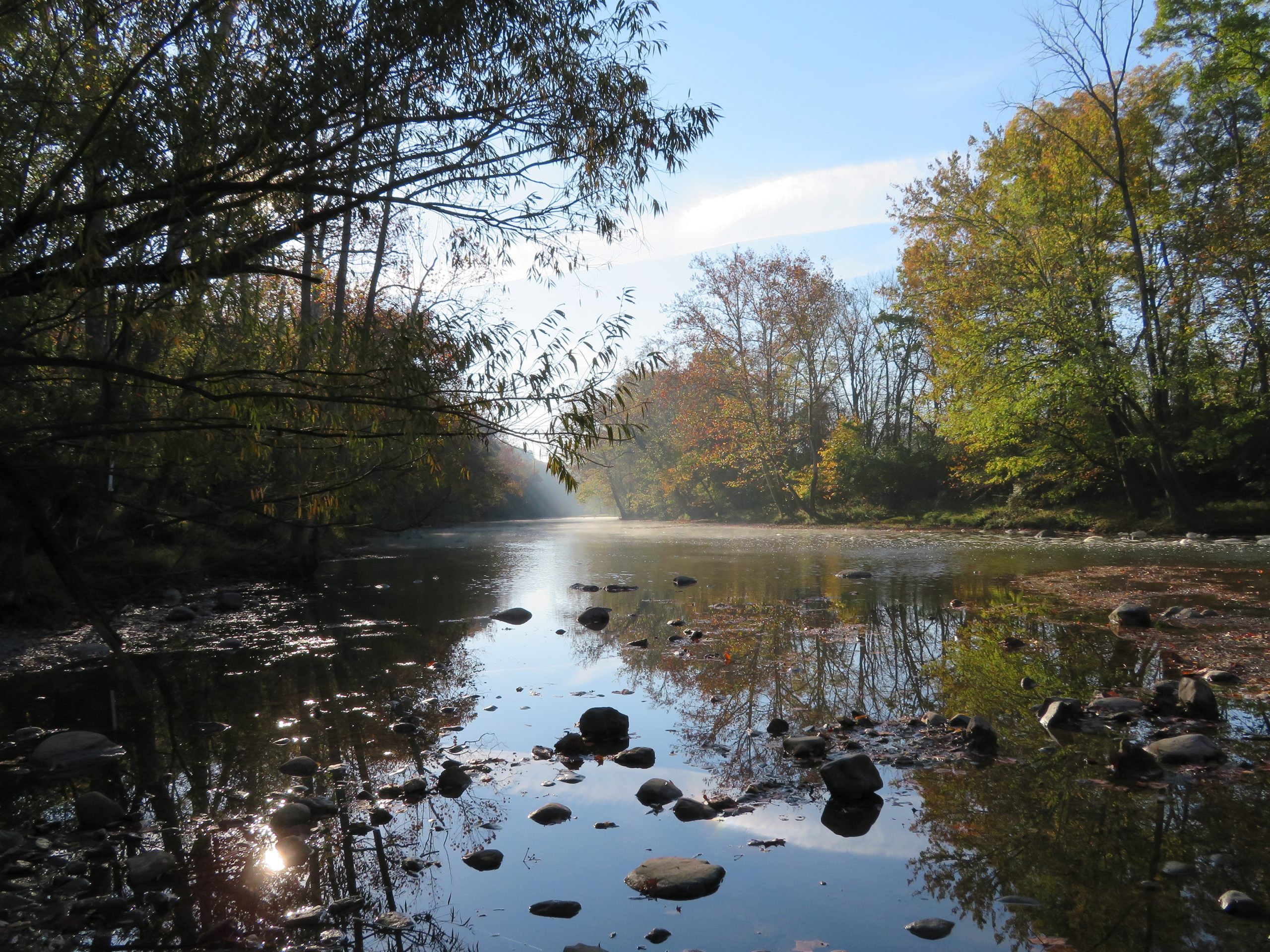
But wait, isn’t any plant a good plant, especially in the spring, when we’re so happy to see anything that isn’t brown or grey? Not exactly. Many of the plants that have made their way to the park from somewhere else have ways of preventing native plants from being successful. They might leaf out super early, like bush honeysuckle, and keep other plants from getting enough sunlight. They can poison the beneficial fungus in the soil, like garlic mustard or they might climb trees and eventually strangle them, like oriental bittersweet vine. If you are an animal, the effects of these invasive plants can be just as bad. Garlic mustard tricks butterflies into laying their eggs on the plant, and the caterpillars die when they hatch.
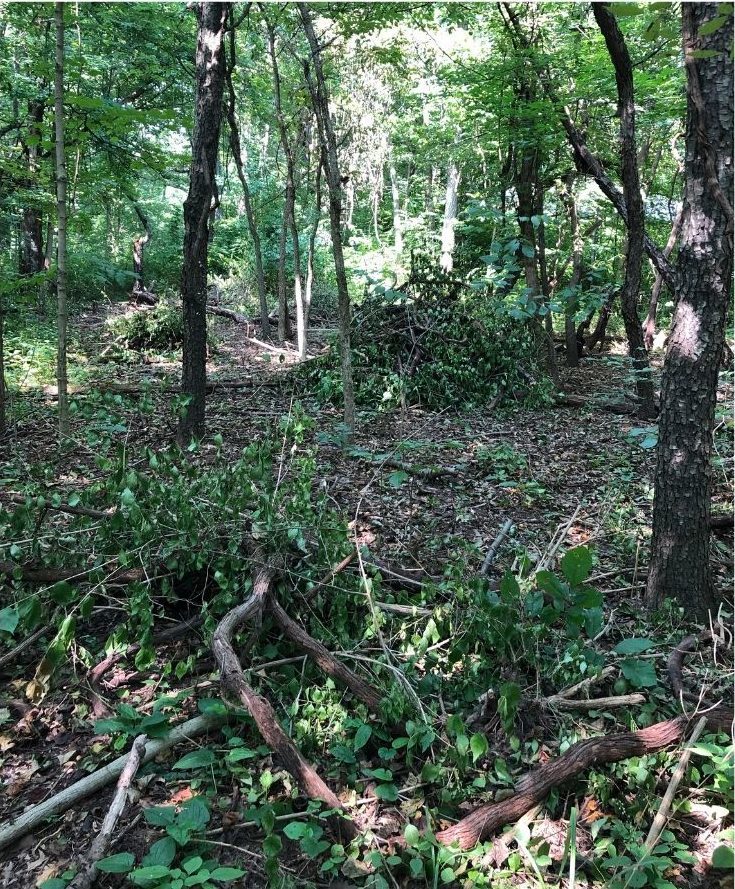
Cardinals and robins build their nests lower than normal in bush honeysuckle shrubs and their offspring are more likely to get eaten. Invasive plants are often good at multiplying fast, which means they can take over an area before native plants have a chance to compete.
There is only one way to fix the invasive plant problem: You have to remove them to make way for the native plants that used to grow in the park. Removing these plants requires a lot of time, patience and often physical strength. Luckily, Highbanks has the right crew for the job. A small team of dedicated volunteers have made it their mission to tackle the problem hands-on. Several days a week, they work hard at removing the plants using hand-tools. So far, they have cleared at least 40 acres in the park.
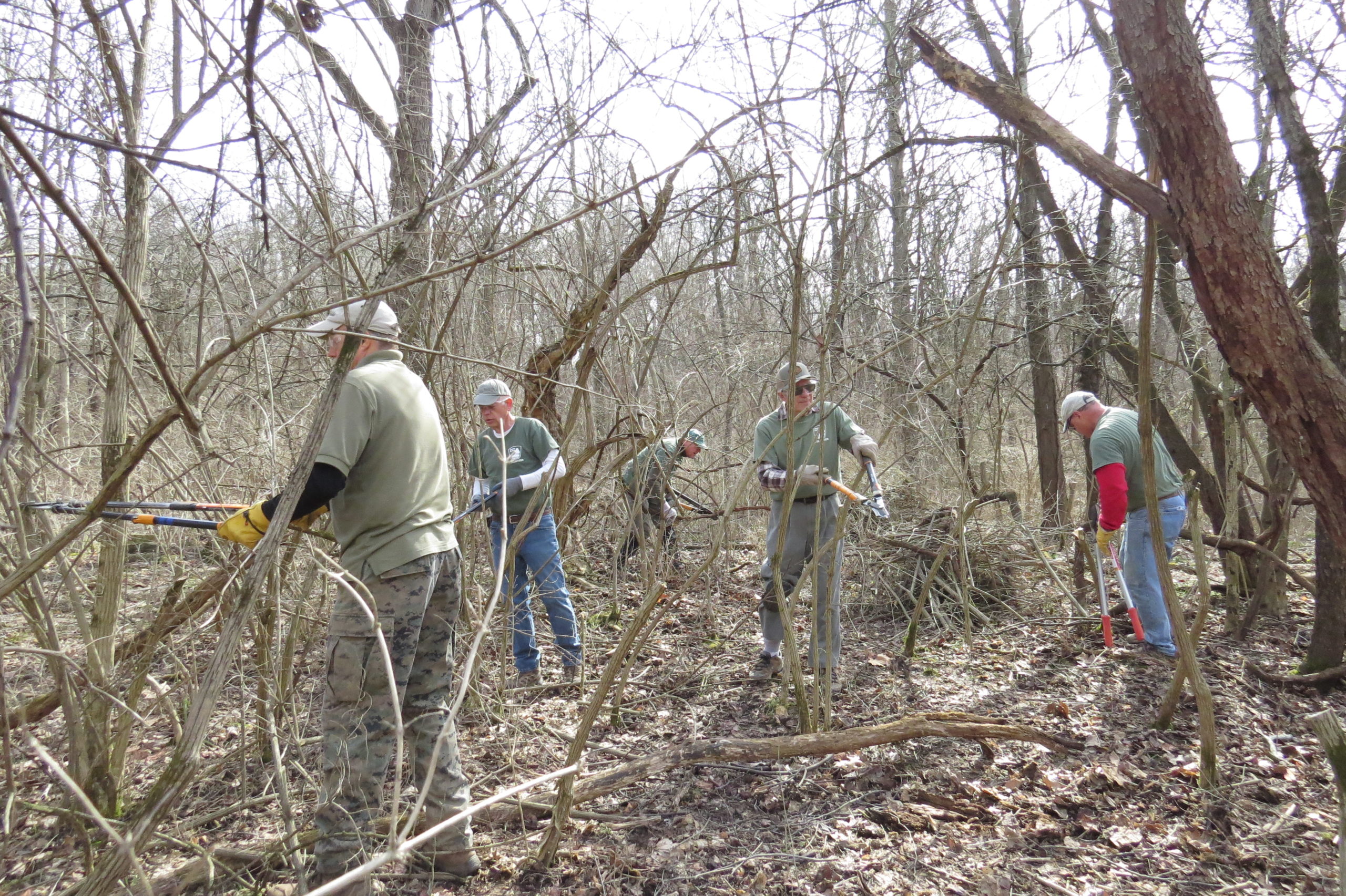
As volunteers clear the invasive plants, they bundle them into “habitat huts.” Until the native plants can begin to regrow, these huts create hiding spots for animals like wrens and red squirrels.
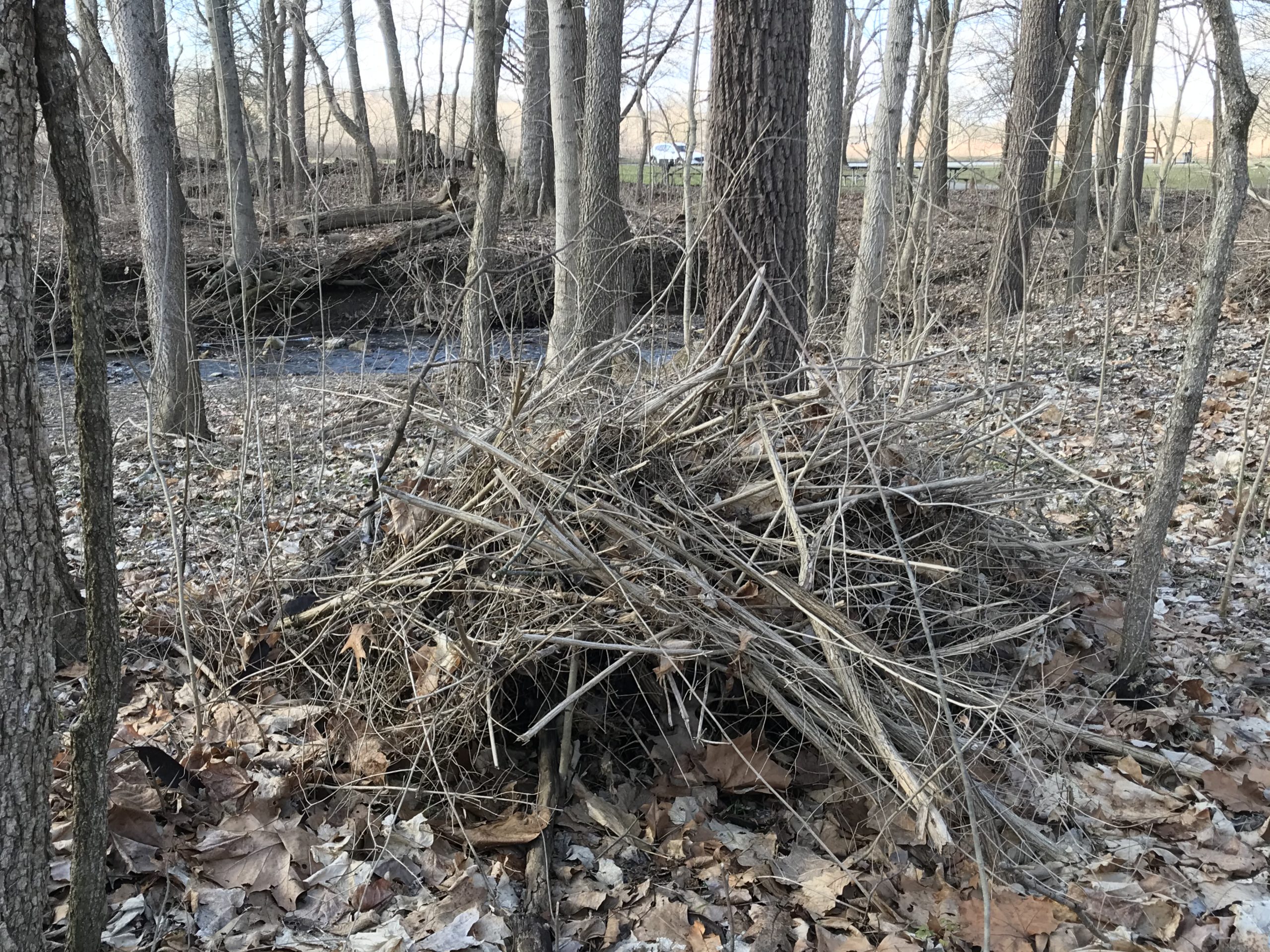
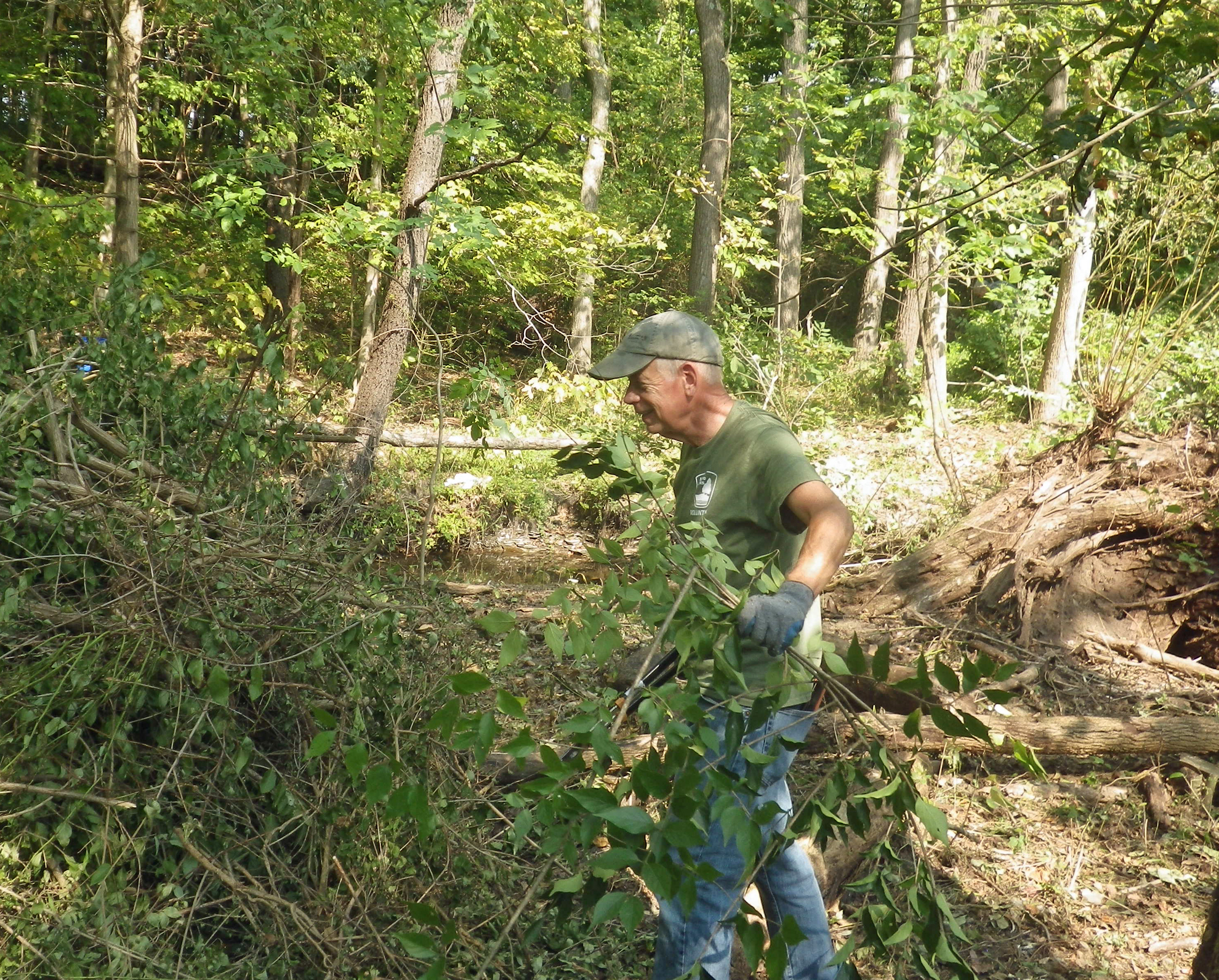
Volunteers enjoy the physical activity as well as the camaraderie and like that they can see the difference their efforts are making at the park. They also enjoy getting to work off-trail and be immersed in nature and up close with wildlife.
